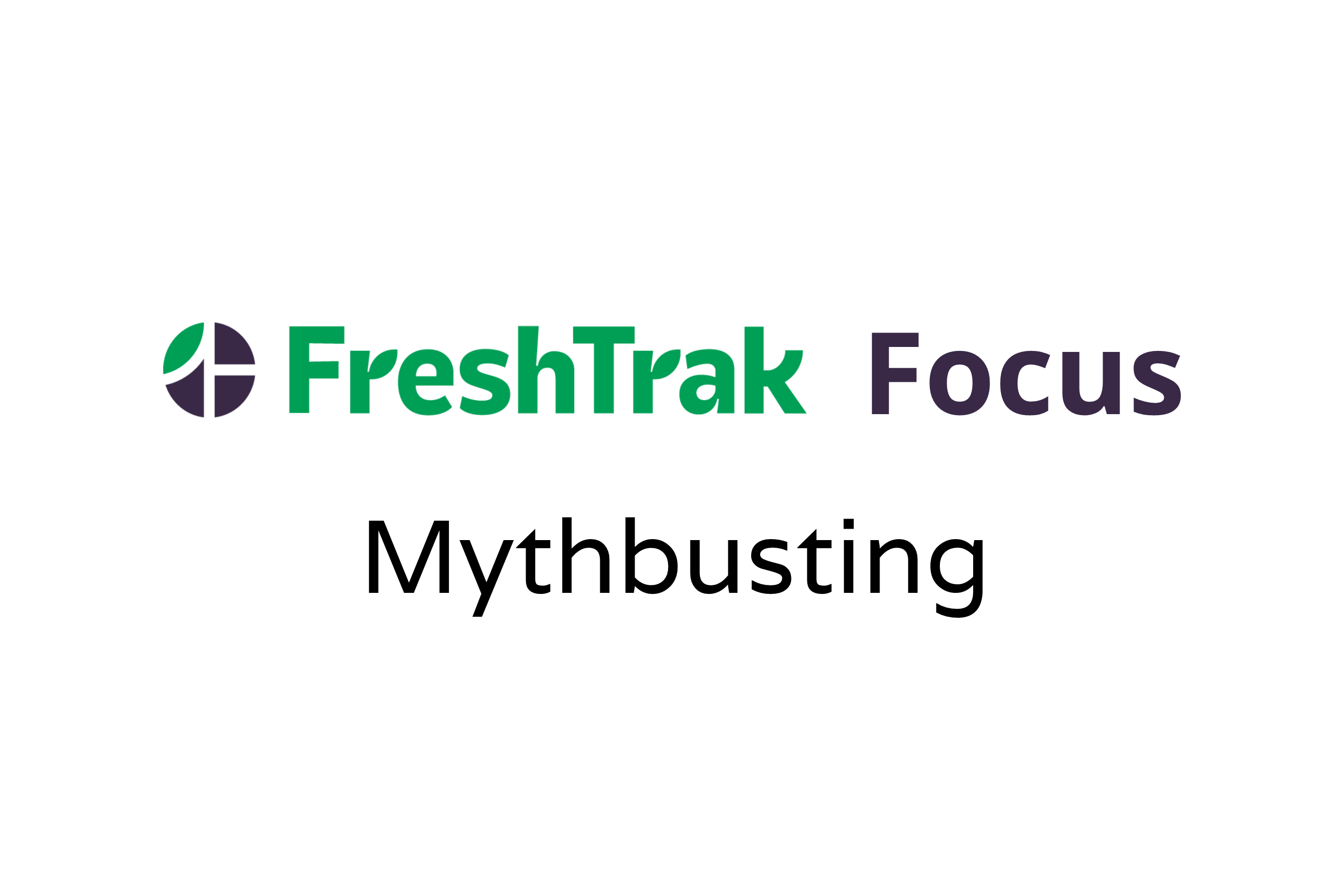At Mid-Ohio Food Collective (MFOC), we work with partner agencies with unwavering fortitude to end hunger and address food insecurity needs with neighbors in our communities. Without strong data, it is easy to speculate. I’m sure you have heard it all and witnessed what I would say were well-intentioned yet misaligned commentary. At MOFC, we have long responded to “Three Myths” about our customers: only large families go to food pantries, all families go to pantries all of the time and all families go from pantry to panty. These myths about foodbank customers continue to surface, both in the community and at the foodbank. However, for a decade we have used the data gathered from FreshTrak to help educate ourselves and our communities about the truths of our customers and to help disprove these myths.
Let’s take a closer look!
Myth Number 1: Families are all large.
In the past year over 194,000 unique families visited a food pantry with an average family size of 3.05, not seven. This data tracks closely with the average size of a family in the U.S. being 3.15 (US Census Bureau, Current Population Survey, 2020 Annual Social and Economic Supplement; December 2020). Food insecurity is not only limited to large families, especially when you consider food insecurity and poverty are impacted by employment, race, health, disabilities, transportation, housing, and income. Food insecurity doesn’t change because of family size; a widespread understanding of what drives food insecurity needs to change. FreshTrak data can help us better understand what is driving food insecurity in our own communities.
Myth Number 2: Families come all of the time.
Do all families come all of the time? No, but we would like them to come more often. MOFC and its partner agencies have seen families on average 6 times per year for the past five years across our 20 county footprint. With our mantra being Food Is Health, at MOFC we want to see our customers more often and have better reach into the community to improve outcomes. Accessibility, sufficient resources, and a comfortable shopping experience will keep customers coming back. Work to develop and implement programs using alternative solutions continues to grow. For example, when we are able to meet our customers at home, transportation barriers will be removed, homebound customers will have better access to food and our reach into the community will improve. Imagine if our neighbors in need could get 30 lbs of food every other week instead of 65 lbs of food 6 times a year. We could increase the number of meals provided from 325 to 650 meals over the course of a year. The idea of families having access to nourishing meals overshadows how often they come. If we could turn this myth into reality health outcomes for our neighbors would be improved.
Myth Number 3: Families go from site to site to get more food.
In a 12 month timeframe, on average, the number of locations visited in the MOFC network was 1.6. Data shows 93% of customers go to 3 or fewer locations in a year. As an organization leading the way to help our neighbors, we need to challenge the idea that families should only go to one pantry. When you consider some agencies have limited resources and customers have limited resources, we should be happy when a customer is able to efficiently secure the most resources for their family. Let’s put our energy into growing the pie, not worrying about if someone got too big a slice. At the end of the day, getting help to our hungry neighbors is what we care about.
It is really easy to get to a place where you may need help, especially now. Step back and imagine if your situation was something like this:
You have been working three jobs to feed your two kids and pay bills, all while making less than $12/hr. Money is tight and you have very little, if any savings. One of your part time jobs has laid you off due to the pandemic. At this point, you may be faced with the decision to either pay bills or buy food. Food banks and partner agencies can help you get nutritious food while FreshTrak can help generate the data to challenge these and other myths.
MOFC and its partner agencies work tirelessly to bring food to our hungry neighbors. When the end goal is to feed people nourishing meals and reduce food insecurity, the path is simple: embrace our customers while building resources and access to meet everyone’s needs and gathering the data to help tell the true stories of food insecurity in our communities.

